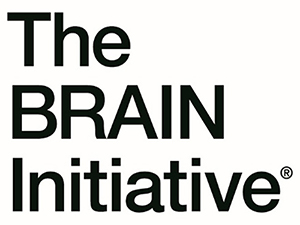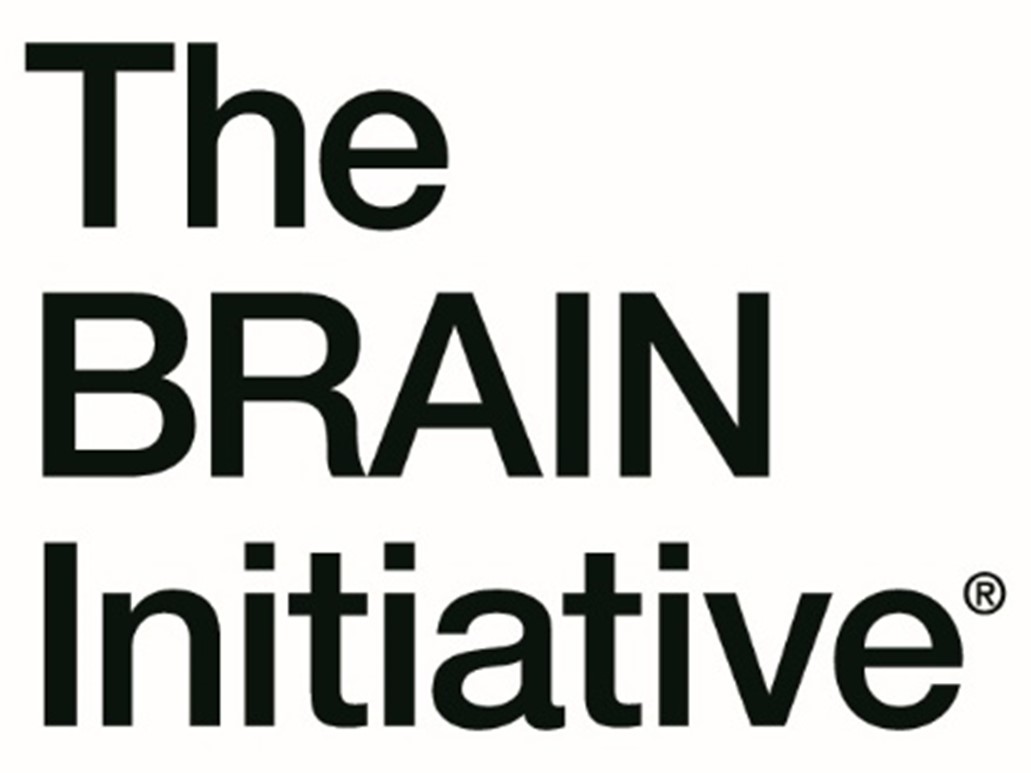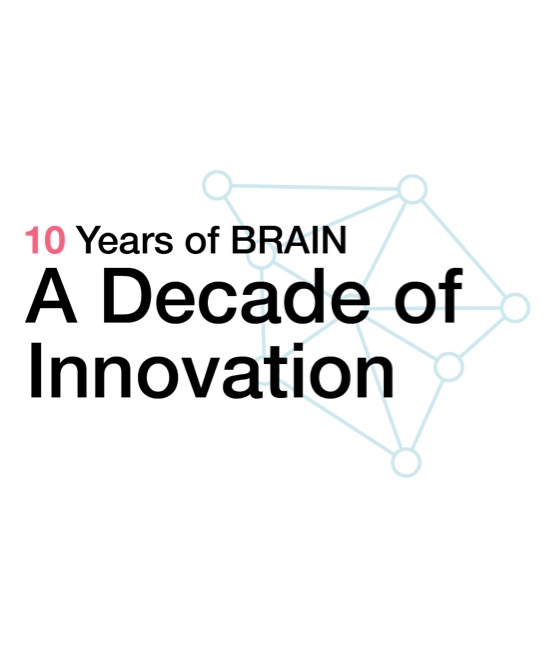
The Brain Research Through Advancing Innovative Neurotechnologies® Initiative, or The BRAIN Initiative®, was announced by the White House in 2013, with first awards issued in 2014. The initial consortium included several federal partners (National Institutes of Health [NIH], National Science Foundation [NSF], Intelligence Advanced Research Projects Activity [IARPA], Defense Advanced Research Projects Agency [DARPA], U.S. Food and Drug Administration [FDA]), and it continues to be led by the NIH.
The NIH BRAIN Initiative spans 10 Institutes and Centers (ICs) at NIH whose missions and current research portfolios align with the goals of the BRAIN Initiative. The Initiative is having broad impacts within and beyond the neuroscience community by accelerating brain-focused research across the NIH mission. BRAIN also leads strong partnerships between federal and non-federal partners with a common goal of accelerating the development of innovative neurotechnologies to understand the body’s most complex organ—the brain.
John Ngai, Ph.D., serves as Director of the NIH BRAIN Initiative. Through the Office of the BRAIN Director, Dr. Ngai oversees the long-term strategy and day-to-day operations of the NIH BRAIN Initiative. Further, the NIH BRAIN Initiative includes two working groups: the Multi-Council Working Group and the Neuroethics Working Group, who regularly offer feedback on the BRAIN Initiative's progress, projects, and programs, and provide input relating to neuroethics.
BRAIN at a glance
- The BRAIN Initiative’s mission is to revolutionize our understanding of the human brain and to accelerate this knowledge into the development of innovative technologies to improve how we treat, prevent, and cure disorders of the brain.
- Uniquely situated for cross-cutting and accelerated discoveries in neuroscience, the NIH BRAIN Initiative goes beyond the mission of any single NIH IC by tapping into synergies across multiple, non-traditional fields to leverage knowledge and skills. In turn, the BRAIN Initiative is elevating the entire neuroscience field.
- BRAIN Initiative researchers have the flexibility to build teams of experts in different fields, in addition to training next generation researchers, in a way that allows researchers to work in and adapt to novel environments. These are researchers who would not otherwise have the funding sources to work together at the scale, depth, and breadth that BRAIN-funded projects provide.
- Data, tools, and technologies developed through the BRAIN Initiative are accessible and broadly disseminated to researchers both within and outside of the BRAIN-funded community.
- The BRAIN Initiative is already having an impact in the clinic today, successfully enabling first in-human clinical trials, while continuing to build upon the foundational knowledge that will enable a new generation of precision treatments.
- Thanks to Congressional support, since 2014, the NIH BRAIN Initiative has invested more than $3.5 billion supporting over 1,500 projects, which have enabled researchers to understand the brain at unprecedented levels of detail, bringing innovative treatments for devastating brain disorders closer to clinical use.
Descriptive language about the NIH BRAIN Initiative
This descriptive language can be lifted as needed or placed whole in documents, such as press releases, web announcements, media stories/pitches, etc:
The NIH BRAIN Initiative, a multidisciplinary collaboration across 10 NIH Institutes and Centers, is uniquely positioned for cross-cutting discoveries in neuroscience to revolutionize our understanding of the human brain. By accelerating the development and application of innovative neurotechnologies, The BRAIN Initiative® is enabling researchers to understand the brain at unprecedented levels of detail in both health and disease, improving how we treat, prevent, and cure brain disorders. The BRAIN Initiative involves a multidisciplinary network of federal and non-federal partners whose missions and current research portfolios complement the goals of the NIH BRAIN Initiative.
Acknowledgment
When mentioning BRAIN for the first time in a press release or other product, you should use the following language:
- “National Institutes of Health’s Brain Research Through Advancing Innovative Neurotechnologies® Initiative, or The BRAIN Initiative®,” and if there are subsequent mentions, you can use “NIH BRAIN Initiative”.
Additional trademark/disclaimer language for your use somewhere on your press release if you use the trademark or mention BRAIN:
- “The BRAIN Initiative® is a registered trademark of the U.S. Department of Health and Human Services (HHS).”
- “The content is solely the responsibility of the authors and does not necessarily represent the official views of the National Institutes of Health.”
For acknowledging the funding source:
- “Research reported in this [Name of product - publication/presentation/press release] was supported by the NIH BRAIN Initiative under award number [specific NIH grant number(s) in this example format: R01GM987654].”
Graphics Toolkit
Trademark/disclaimer language for your use somewhere on your press release if you use the trademark (below) or mention BRAIN:
- “The BRAIN Initiative® is a registered trademark of the U.S. Department of Health and Human Services (HHS).”
- “The content is solely the responsibility of the authors and does not necessarily represent the official views of the National Institutes of Health.”
Downloadable Zip file to share graphics.



